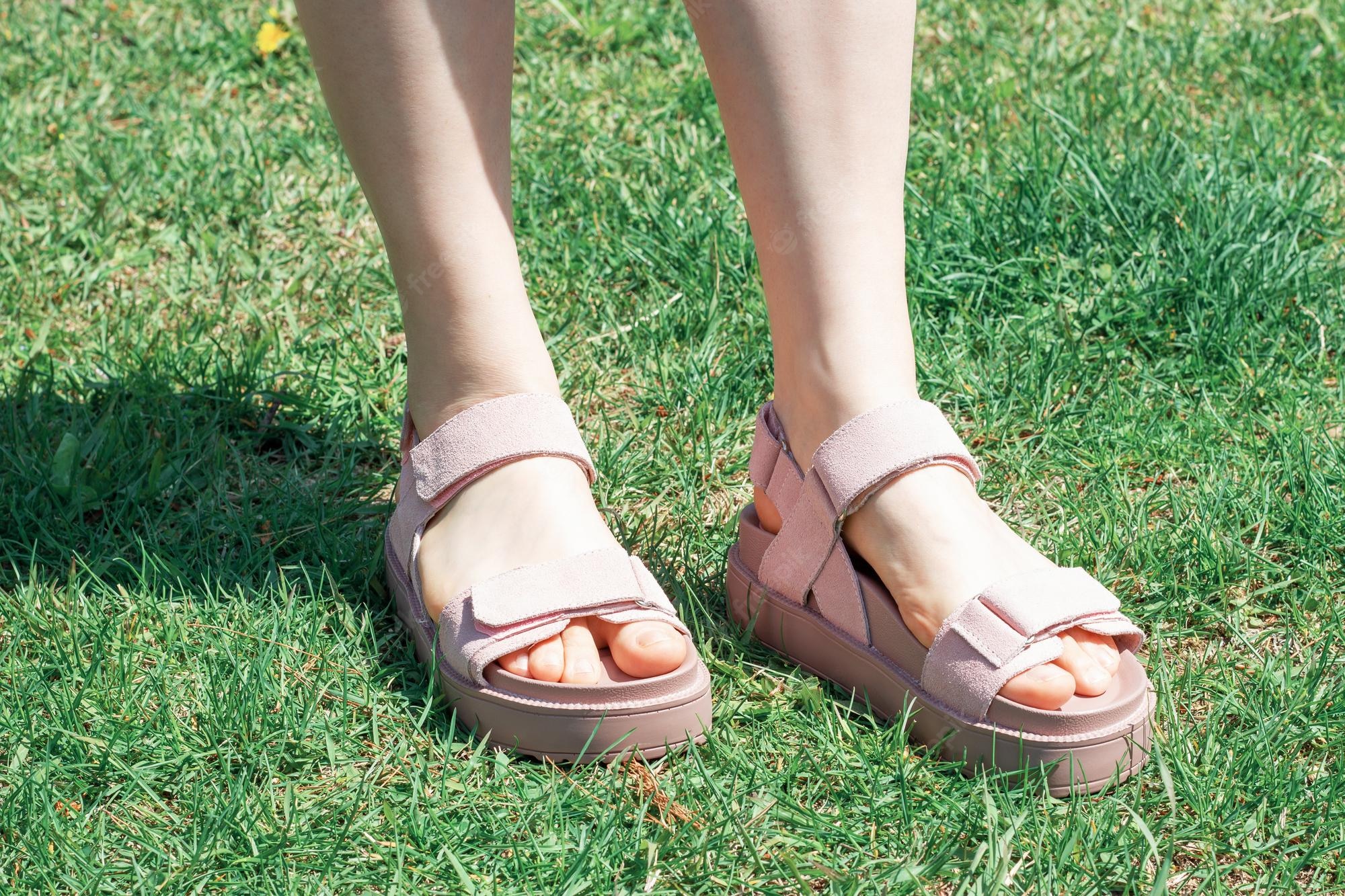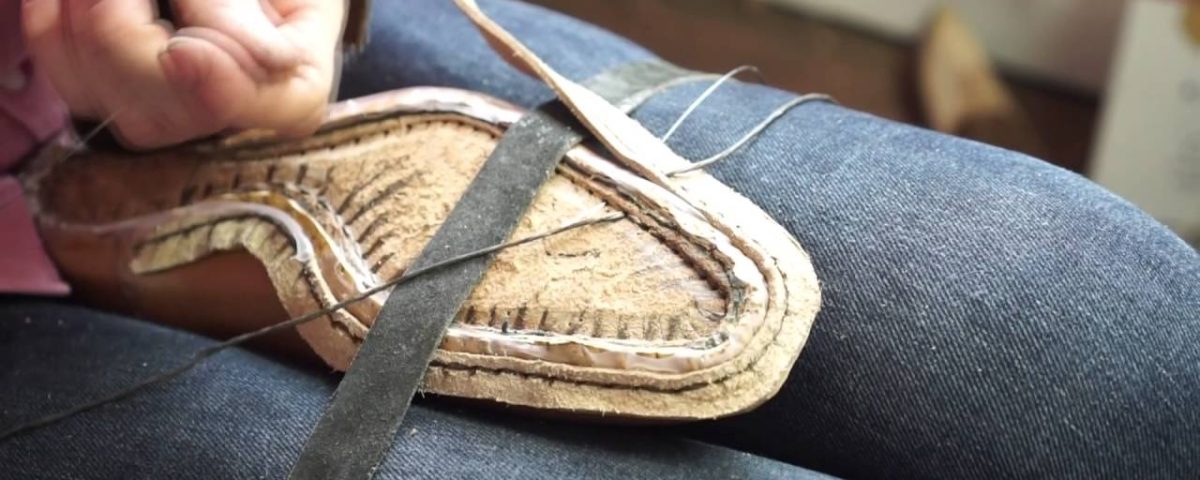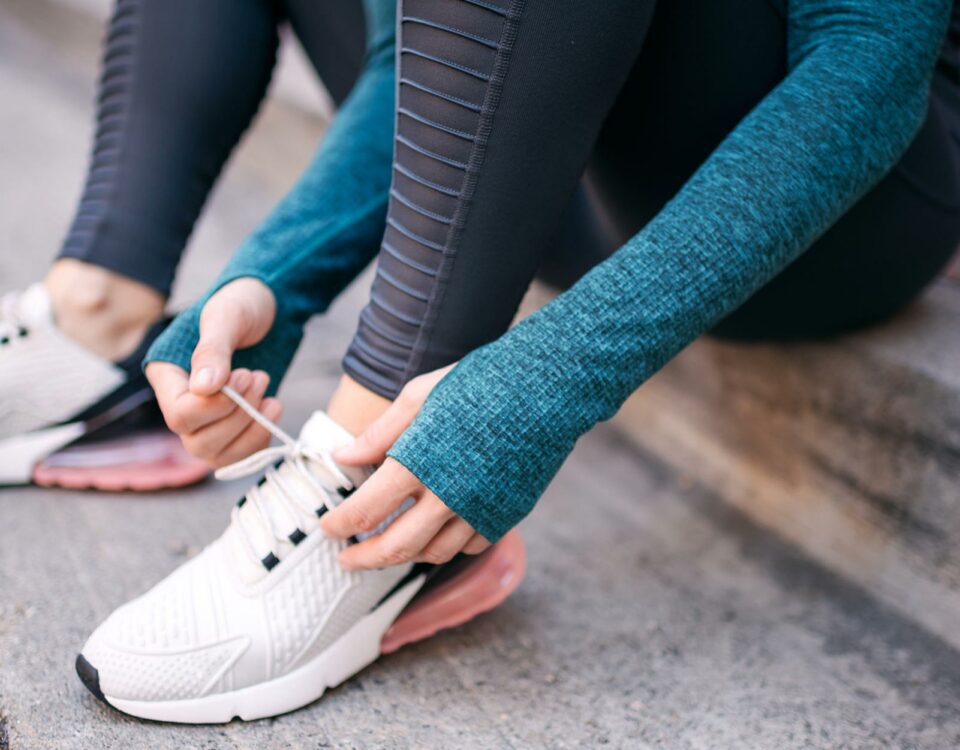
Benefits and Drawbacks of Wearing Scandals
October 6, 2022
Common Types of Shoes
October 6, 2022There are a few common methods that shoe companies use to construct shoes. Each method has its advantages and disadvantages. Knowing the different techniques can help you better understand how your shoes are made and why they wear out over time. Check out some of the most common methods below.
Popular Shoe Construction Methods
Cemented Construction
Construction is often considered one of the most important aspects of a shoe; it determines how long your shoes will last. And when it comes to shoe construction, there is no more straightforward, a cheaper option than cemented construction. But it is also the most common shoe construction method.
In this type of shoe construction, the shoe uppers are attached or glued to the outsole with glue or strong adhesive. This means you will not find any type of stitching or welt in this method. as a result, the shoes are not that durable and disposable.
So if you want something that will stand the test of time, look for a different option.
Sewn-in-Sock / Ströbel Construction
The sewn-in-sock construction is famous for casual shoes, sneakers, and sports shoes, as it provides a more flexible sole. However, this construction is also less robust than other methods, so it is not typically used on shoes with a high edge (box).
Instead, the sewn-in-sock construction is usually found on shoes with a lower edge, which provides more flexibility and makes the shoe more comfortable to wear.
Despite its drawbacks, the sewn-in-sock construction is still a popular choice for many people, as it provides a good balance of comfort and flexibility.
Blake Rapid Construction Method
If you’re trying to decide between the Blake and Goodyear construction methods for your next pair of shoes, you might want to consider the Blake Rapid method.
Named for its combination of the two systems, Blake Rapid shoes feature a Blake stitch through the insole as well as a midsole that’s stitched to the outsole with a machine. This makes them slightly more waterproof than other types of shoes but less flexible.
So if you’re looking for a shoe that can withstand a little more water but might not be as comfortable, the Blake Rapid might be the right choice.
Goodyear Welt Construction Method
The Goodyear construction method is named after Charles Goodyear, who invented vulcanized rubber in 1839. This type of construction is commonly used in dress shoes and work boots.
It is characterized by a strip of leather or canvas that runs along the perimeter of the outsole and a layer of cork or another padding between the insole and midsole.
The welt, the strip of leather or canvas that encircles the outsole, is sewn to the midsole and outsole with a Rapid Stitch. This type of construction is very durable and ensures that the shoe will retain its shape over time.
Hand Welted Construction
While both Goodyear welting and hand welting are widely used in shoemaking, there is one key difference between the two methods: Goodyear welting is done by machine, while hand welting is done entirely by hand.
As the name implies, hand welting requires excellent skill and precision, as the stitcher must carefully sew the welt to the shoe’s upper. This method is often used for high-end shoes, resulting in a stronger and more durable bond.
In addition, hand welting gives the shoemaker more control over the final product, as they can ensure that the welt is placed precisely where they want it.
As a result, hand welted shoes often have a cleaner and more refined appearance.
Norvegese Construction
Construction is a critical element of any shoe, and the Norvegese method is one of the most popular options. This construction method is quite similar to the Goodyear Welt System but has a critical difference.
In the Norvegese method, the uppers and welt rib fold outwards to the shoe exterior. This design helps to create a more waterproof shoe – perfect for boots and chunkier country shoes. Additionally, this method features at least two external visible stitches. As a result, the Norvegese Construction method is both attractive and functional.
Whether you’re looking for a boot that can withstand the elements or want a stylish country shoe, this construction method is worth considering.
Mckay Construction
If you’re the kind of person who likes to know how things are put together, then you might be interested in learning about the different construction methods used for dress shoes. The two most common methods are the Goodyear welted and the McKay construction.
The former is characterized by heavy-looking stitching that follows the whole edge of the shoe, while the latter is less heavy-looking and has a stitch that only goes around the perimeter of the insole.
In both cases, the sole is attached with glue. The last is then removed, and the insole is stitched onto the lasted upper edges. So now you know!
Blake Construction
If you’re ever in the market for a new pair of shoes, you may come across the term “Blake construction.” But what is it, and why should you care? Blake construction is a shoe-making method that results in a more flexible and comfortable end product.
The process begins with a board-lasted upper glued to the sole. The upper is sewn directly through the outsole unit, with the last removed. This results in a shoe that is more flexible and comfortable, as well as more durable overall.
So if you’re looking for a new pair of shoes that will stand up to wear and tear, look for ones made with Blake construction.
Conclusion:
So there you have it, a quick overview of the most common shoe construction methods. We hope this has helped clear up any confusion and that you now feel confident in discussing shoes with your cobbler! Have you had any success with one of these methods? Let us know in the comments below.





